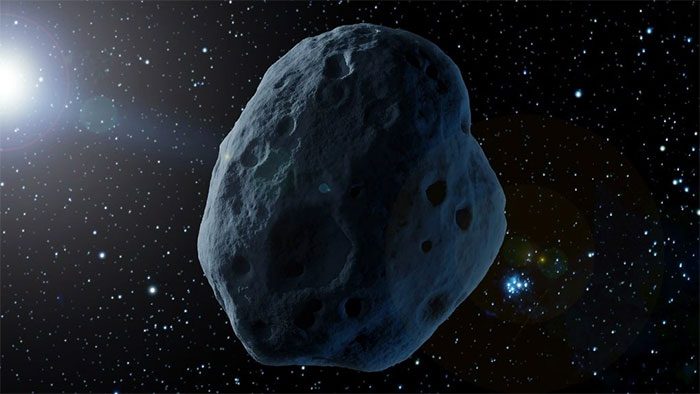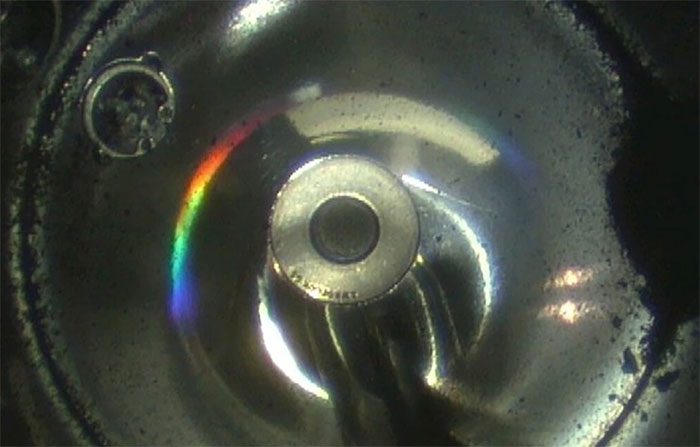In 2020, the Hayabusa 2 spacecraft from the Japan Aerospace Exploration Agency (JAXA) successfully collected samples from the asteroid Ryugu and returned this material to Earth. Among the collected samples, some contained particles from comets, believed to hold the “seeds of life.”
Essentially, asteroids are remnants from the formation of our Solar System, and these samples may provide us with significant insights into the state of the Solar System in its early days.

An asteroid in space. (Image: Artsiom P/Adobe)
One of the key issues scientists are particularly interested in is understanding how organic molecules were dispersed during the time the Solar System began to form. They hope to answer the question of where life originated, how it came about, and possibly even uncover the origins of life on Earth.
A recent study of these samples has revealed clear evidence of the impact of micron-sized meteorites, which have left behind debris containing minerals and molten glass.

Samples brought back from asteroid Ryugu by the Hayabusa 2 spacecraft. (Image: JAXA).
Scientists believe that these micron-sized asteroids have preserved primitive organic material and will help us discover the “seeds of life.” Furthermore, because Ryugu has no atmosphere, there are no factors that could weather or erode its material. Thus, the impacts can be seen as “photographs” that illustrate the early days of the Solar System.
What is even more interesting is that these impacts seem to have occurred while Ryugu was orbiting close to Earth.
Therefore, scientists believe that from the hydrated silicate mix and comet dust of Ryugu, we are better positioned to gather accurate details about the early days of Earth. Researchers have found water vapor in the molten fragments within the samples.
This is truly a surprising and valuable discovery, as if this water vapor can validate the origins of life, it will undoubtedly help us expand our understanding of the early days of the Solar System.





















































